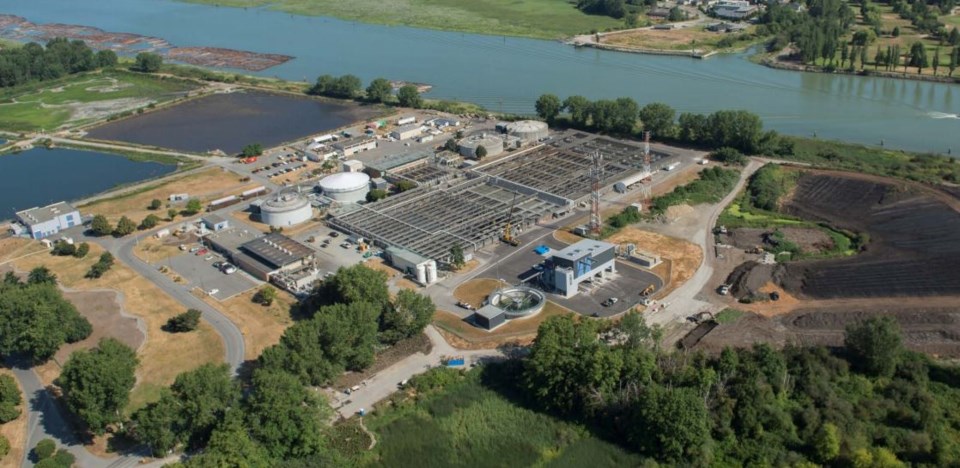Richmondites and residents across the Lower Mainland can now have their say on the planned Iona Island Wastewater Treatment Plant upgrade.
Metro Vancouver launched a public comment period on the upgrades – currently in the project definition phase – last week, which will run until Oct. 22.
Residents can provide feedback through an online form – project information is also provided – or take part in one of two online community meetings, on Tuesday, Oct. 12, from 10 a.m. to noon or on Thursday, Oct. 16 from 6 p.m. to noon.
The same content will be covered at both meetings.
The current wastewater treatment plant opened in 1963 and provides primary wastewater treatment – removing anything that settles or floats such as grease – to residents and businesses in parts of Vancouver, Richmond, Burnaby, UBC and the University Endowment Lands.
In July 2020, the Metro Vancouver Board endorsed the current design concept, which includes tertiary level treatment, seismic upgrades, climate change resiliency and ecological restoration projects including for fish habitat.
However, a Metro Vancouver report in July of this year identified several challenges affecting the project schedule and leading to “significantly higher than anticipated project cost estimates,” according to the regional district.
The new facility was pegged at $1.9 billion as recently as 2019, however, as a result of the recently-identified challenges, the estimated project cost over the 20-year lifespan of the project, is now $10.4 billion ($6.7 billion in 2021 dollars).
Some of the challenges identified in the July 2021 report include dewatering the four sludge lagoons west of the plant, which will take about four years and must be done before construction work can start on the new facility, along with removing biosolids stockpiles east of the plant. Ground improvements are also required, which will take “several years.”
A large number of permits and approvals are also required from various agencies before construction can begin.
Work is now underway to develop a revised design concept, including evaluating the design endorsed in July 2020 along with three other treatment technology options.
People can comment on these four options through the online feedback form.
Under the design endorsed in 2020, there would be extra renewable natural gas as well as "familiar technologies" with a migration path to advanced technologies in the future. However, there would be an interim period of six years where sludge is trucked to other regional treatment facilities during construction, in addition to the constructability challenges.
The three other options all eliminate the need to truck sludge as well as alleviate constructability concerns, however, they each have their own cons, according to Metro Vancouver.
For example, one option is to modify the endorsed design concept, but this would lead to a larger facility footprint which would encroach onto Metro Vancouver parks land. There would also be higher ground improvement costs due to this.
Another option is a “membrane biological reactor,” which has the smallest footprint out of any of the four options but has the highest energy demand, as well as higher operation and maintenance costs. The technology is also not familiar to Metro Vancouver operators.
Finally, while the “aerobic granular sludge” option is “simple technology,” there is currently only one major supplier available in the market and a minimal number of installations of a similar nature or scale to the Iona project have been done.
Input received from the public comment period will be reported to the Metro Vancouver Board in late 2021, along with the recommended revised design concept, ahead of a final decision targeted for early 2022.



